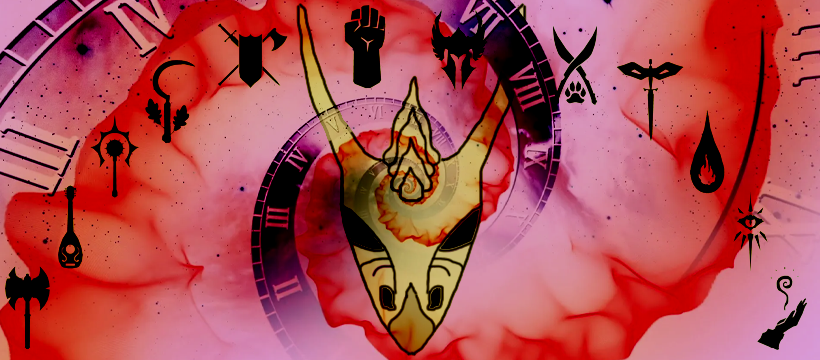Aven
Aven are humanoid avian people that live in small, tight knit communities away from large settlements. They are typically farmers and herdsman that grow and maintain a variety of different plants and animals in order to provide for themselves and for trading with local settlements.
Their villages function differently from one group to another but some qualities that are shared through all of them are order, pacifism, and religion. The villages are typically highly efficient and self sustaining. Preferring to abstain from the use of technology and magic, though some villages do allow magic for communicating with the gods and other realms. Since the majority of Aven are not warriors and lean heavily towards pacifism, magic is also used for self defense. However, Aven settlements are normally ignored since they live in treehouses that are very high up in trees or on cliffs. Most villages can be defended by just raising their ramps and ladders to disallow access except through flight.
Little is known about the Aven religion except that their main gods focus on wind, weather, order, seasons, and growth. Also, all villages worship the same gods and follow the same religious customs. One of the customs believed to be tied to their religion is that they never allow their numbers to grow. They reproduced exactly enough to maintain their population numbers, no more, no less.
Basic Information
Biological Cycle
During cold seasons, Aven grow “Yuh’kii’jiat” which is a thick layer of fuzzy looking feathers to help keep them warm. As the warmer season approach, these feathers are shed to reveal their normal coats. Some species that live in warmer climate barely grow their Yuh’kii’jiat anymore, whereas ones in colder climates may have them yearound.
Additional Information
Facial characteristics
Aven faces traditionally resemble eagle, ibis, or hawks. However, word is spreading about a newly discovered species of Aven resembling owls instead.
Geographic Origin and Distribution
Aven
have known villages all over Lind but most are found in warm climates with tall trees or cliffs and with easy-to-manage produce and farm animals.
Civilization and Culture
Naming Traditions
Aven language and names are near impossible for non-Avian species to learn due to their various clicks, whistles, and high pitch tone variations. Therefore, they normally refer to themselves through an easy to pronounce nickname that somewhat resembles their real name phonically. Ie. Klece’kirr becoming Klear. ‘Ik’tamia‘’ia becoming Tami.
Common Dress Code
Females typically wear flashy jewelry and brightly colored clothing to make up for their dull plumage. Males normally wear little clothing or dull clothing to highlight their plumage.
Common Customs, Traditions and Rituals
Ki'jiil"tak (The Joining of Hearts Ceremony)
This ceremony is held during the Cresting: Days of Breaking as winter roles into spring the male Aven who are coming of age have their plumage change color into vibrant shades of a rainbow. The males put on shows of dance and sound to attract their mates; with the festivities lasting well into the night it's said that even those miles away can hear the Aven during this time. After participating in this ritual the males and females have been recognized as of age by their fellow tribesmen.Common Taboos
Abandoning the village or the Aven way.
Genetic Ancestor(s)
Lifespan
60 - 120 years
Average Height
5 - 6 ft
Average Weight
120 - 160 lbs
Body Tint, Colouring and Marking
Female coloration is typically dull, even tones of whites, greys, blacks, and browns. Male coloration is similar to females until they become of age when their plumage reaches full maturity. Adult male Aven are brightly colored with intricate patterns.
Remove these ads. Join the Worldbuilders Guild



Comments